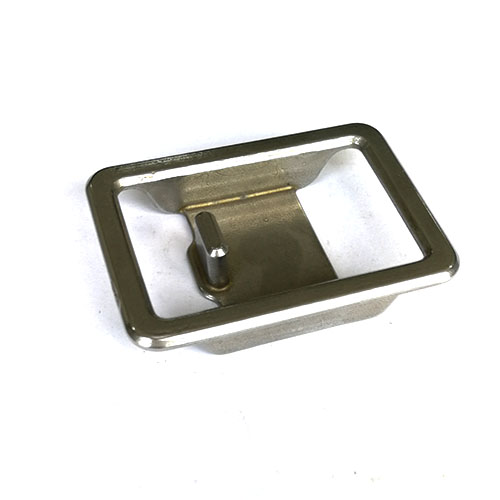Stainless steel casting manufacturing process and main uses
Simply look at the manufacturing technology and application scope of stainless steel precision casting plants. The manufacturing technology characteristics of stainless steel casting plants: stainless steel foundries can usually produce equipment parts with high standards of rigidity, ductility and toughness. Now the production and sales volume is no less than that of cast iron. The physical properties of cast steel are greater than cast iron, but its casting characteristics are not as good as cast iron. Cast steel has a high melting point, the molten steel is easy to oxidize, the liquidity of the molten steel is poor, and the shrinkage is large. In order to solve the defects of insufficient casting, cold separation, shrinkage cavity, cracks and other defects of stainless steel castings, complex manufacturing technical countermeasures must be taken during casting. Due to the poor fluidity of molten steel, the thickness of steel castings shall not be less than 8 mm. If not, the thickness of stainless steel castings shall not be less than 8 mm. The shrinkage of cast steel greatly exceeds that of cast iron. In order to prevent shrinkage holes and shrinkage defects of cast materials, casting technology usually adopts countermeasures such as exports, cold iron, and subsidies.
Stainless steel precision casting castings are simply parts made of cast steel, which have similar characteristics to cast iron, but are more rigid. Cast steel is actually cast cast steel, cast alloy. Cast steel parts are divided into cast carbon steel, cast low alloy steel and cast special steel. Next, I will introduce the characteristics of these three cast steel parts in detail. Classification and application of cast steel parts: The chemical composition of steel can be divided into two types: carbon steel and alloy steel. The first is cast carbon steel. This kind of cast steel is mainly cast steel with carbon as the main alloy element. According to the difference of carbon content, it can be divided into cast low carbon steel, cast medium carbon steel and cast high carbon steel. With the increase of carbon content, the The rigidity also increases, and the hardness also increases. Cast carbon steel has high rigidity, good ductility and toughness, low production cost, and has a wide range of applications. It can be used to produce many heavy-duty machinery and equipment that carry heavy loads, such as hydraulic press bases, rolling stands, and related parts of stamping machines. .


